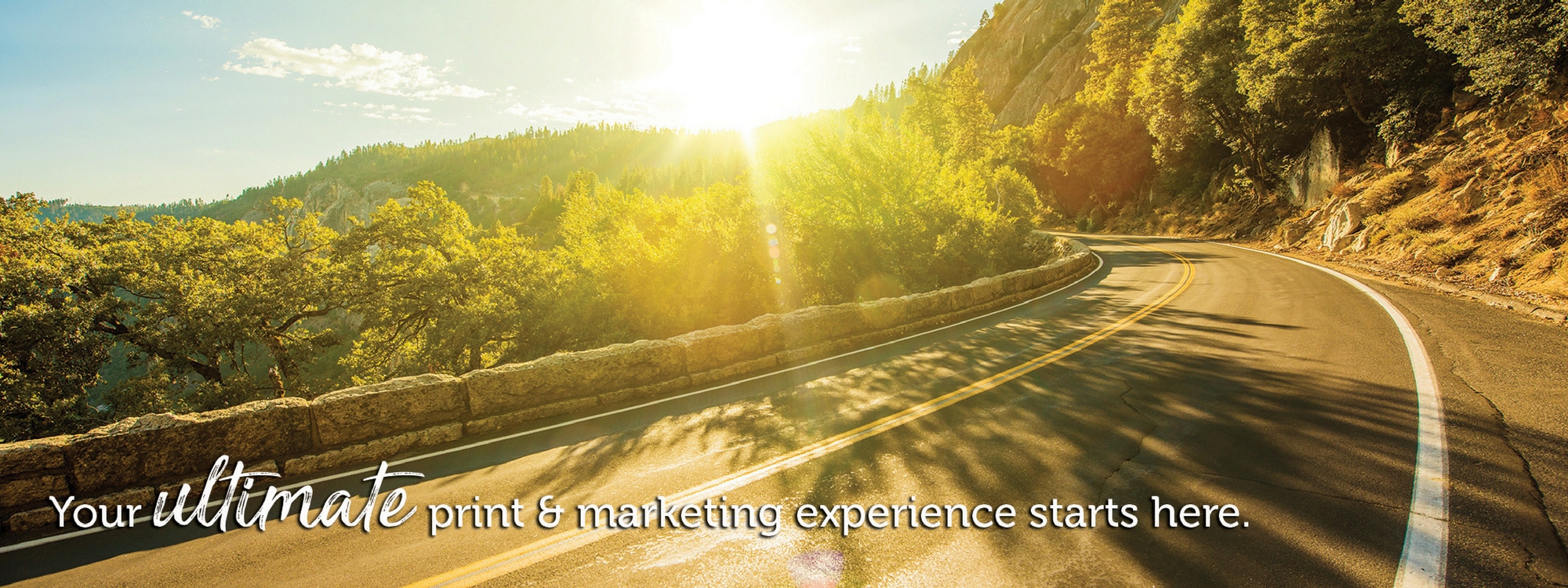One of the best ways to brand your company is by having a unique and memorable logo. However, creating said logo is not as easy as it sounds. Here are some common logo design mistakes that you will want to avoid:

1. Too Complex and/or Trendy
People cannot generally pay attention for very long. Your logo should be clear and easy to perceive and remember. The speed at which they recognize it in the future is important. View your logo at various sizes. It must be as easily perceived at business card size as it is at billboard size. Be careful to avoid anything that seems like it’s’ look may go out of style in time. Sometimes simple is better. Strive to make your logo design future-proof.
2. Poor Font Choice
Choosing the right font can make or break a logo design. Fonts carry meaning, and you want that to translate to your customers, whether you’re telling them your business is sophisticated and chic, or down-to-earth and friendly. Never use more than two different styles. Do not use crazy or thin fonts. Spend time researching fonts, narrow down your options, and see which works best with your design. Pay close attention to kerning and sizing. Keep in mind how your logo’s font will be used across the rest of your brand identity in conjunction with other fonts and images.
3. Creating Your Logo in Color First
If a logo depends on color or special effects to make it a strong logo, it’s not a strong logo. A good logo will stand on its own (without color). Work in black and white first and then add the color later. This allows you to focus on the shape and concept. Don’t use drop shadows, embossing, or other effects to “jazz up” your logo — a good logo will stand on its own.
4. Using Raster Images
This is so important. A logo should be designed in a vector graphics program such as Adobe Illustrator to ensure that the final logo can be scaled to any size, enabling the logo to be used across all media platforms. A raster image (made out of pixels, like a photograph) CANNOT be scaled to any size, which means at large sizes, the logo would be unusable. Use a vector graphics program when creating logos. I cannot stress enough the importance of this. If you don’t think you need a vector logo now, trust me, you will in the future. Everything you do with your logo will look better if you begin with a vector…save yourself future headaches!
5. Stolen/Borrowed/Copied
No matter how good someone else’s idea is, it is not yours. Changing the color and a word does not make the design your own. It is unethical and will come back to bite you sooner or later. The same goes with using stock clip art. The point of a logo is to make your brand stand out amongst the crowd.
6. Settling for Initials
One of the more common mistakes is trying to create a logo from the company’s initials (Bob & John’s Hardware would become a logo made out of B & J). Although this sounds like a smart idea at first, it’s difficult to build credibility or convey a message with just the initials of a company. Don’t settle on this unless you can create an original and memorable solution that reflects the business’ goals. And do not shorten a business name into acronyms until it has been around for a while or if it suits the target goals. QVC, FedEx, AT&T, and CVS didn’t start out as acronyms — they became acronyms after many years of high-profile exposure.
7. Inflexible Logo
Your logo will be used in many ways, so it needs to work in print, online, at different sizes, etc. Create mock-ups so you can see how well your logo translates in different mediums. If it is too complex it won’t render well when used in smaller sizes.
For more tips and print-spiration, follow us on Facebook and Instagram!

Great post. Thanks for sharing this valuable post with us. As a beginner in the design field, I appreciate your effort in this post. I will take care of all these eight critical points for logo design. Your post enhances my knowledge. Keep sharing more.